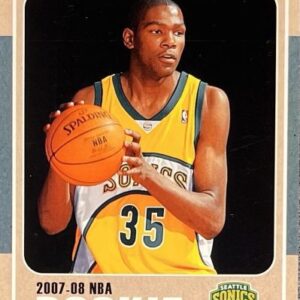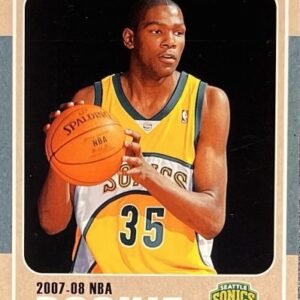In a scene verging on ritualistic fervor, the Fridays at mega-retailers have turned into stages showcasing the unyielding excitement enveloping Pokémon cards. The line queues up at the doors before dawn, a jamboree mix of earnest fans and savvy speculators, each hoping to dash away with the week’s coveted restock. An aura of nostalgia has morphed into a frenzy akin to the roaring 90s sports card bubble, begging the question: How much longer can this Pokémon party last before someone unplugs the jukebox?
Welcome to Pokémon TCG’s version of “Hunger Games,” the restock edition, where collectors and self-styled entrepreneurs engage in a weekly fracas over Pokémon products. Some hone their prowess in the Pokémon universe purely for the love of the cards, while others, donning their speculative hats, gleam at the profitable margins shimmering on eBay and the unfurling pages of online auction sites. Yet, these ardent endeavours often translate into eye-watering credit card debts as schemers accumulate sealed boxes and packets as if hoarding treasure chests filled with rare gems, eagerly hoping for their value to skyrocket.
However, stakes are escalating dangerously. This speculative whirlwind of buying and selling creates ripples of frustration for the more casual collectors, particularly young fans who find their pockets too shallow to engage in this increasingly expensive pastime. Store shelves become reminiscent of ghost towns within hours of a restock as products vanish quicker than coins on a magician’s table, only to reappear online priced sky-high above their retail cost.
Responding to the booming demand, The Pokémon Company has cranked up production to overdrive. The initial scarcity that lent allure to collections is being replaced by overabundance. Renowned sets like “Evolving Skies,” “Crown Zenith,” and the promotional darling “Van Gogh Pikachu” have deluged the market. Take, for instance, the “Van Gogh Pikachu” card, with nearly 40,000 PSA 10 copies floating about. This glut underscores that the notion of rarity is becoming as mythical as a Mewtwo encounter at the playground.
The Pokémon commotion echoes eerily a familiar narrative—the tempestuous sports card saga of the 1980s and early 1990s. Card companies, overwhelmed by demand akin to a sugar rush at a candy store, printed sets prolifically. Consequently, collectors with visions of grandeur discovered their troves weren’t rare treasures but commonplace collectibles produced in staggering millions. Fast forward, prices nosedived, leaving them with mountains of valueless cardboard.
The Pokémon craze, now the muse of speculative buying where inflated prices ride waves of hype instead of true rarity, teeters on the brink of these déjà vu moments. The PSA populations, akin to a crescendoing orchestra, continue to swell. Are we witnessing a prelude to the same abrupt lull that befell the JPEGs of yesteryear?
Crystal-ball gazing into the Pokémon future is a challenging exercise. Yet, clues dance in the air, hinting at an impending saturation peak. Scalpers, swamped by their extravagant credit card tactics, might soon find themselves driven by desperation to offload their treasure troves. Collectors, wise to the ballooning populations and over-the-top print runs, might slowly back away from the market, inducing a soft fall in prices.
The seasoned Pokémon collectors offer words reminiscent of sage wisdom, advising patience laced with caution. If history indeed mirrors itself—as it is wont to do—the saga of Pokémon TCG’s thunderous gallop might soon transition into a more measured trot, leaving in its wake tales of moderation and the age-old lesson that intrinsic rarity, not flashy stunts, paves the path to sustained value.
In the chronicles of collectible history, these tales will settle amidst the pages, serving as whispered reminders to future enthusiasts that in the world of collectibles, patience is not just a virtue, it’s a windfall.





